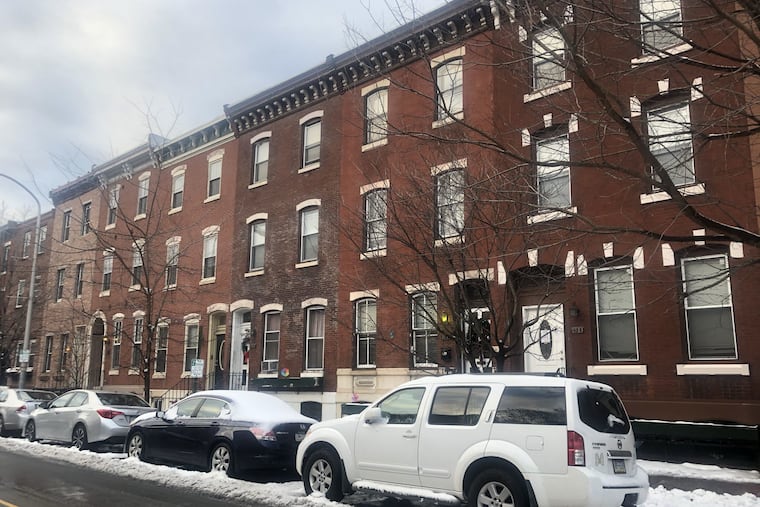It’s time for Philadelphia to reckon with historical racism as an obstacle to preservation | Editorial
The city Historical Commission needs to recognize that buildings, sites, and neighborhoods essential to telling the story of Black Philadelphia deserve protection and preservation.

Who gets to decide which Philadelphia buildings, neighborhoods, and narratives should be preserved? That’s not a new question but is being raised again, prompted by an endangered set of Christian Street rowhouses. And it’s taking on new urgency in the context of the heightened awareness of the damage inflicted by racial inequities.
As a residential construction boom continues in and around Center City, some neighborhoods remain vulnerable to development pressures powerful enough to obliterate pieces of history cherished by many but unfamiliar to others. This has too often been the case in the historically Black and, in recent years, heavily gentrifying Graduate Hospital neighborhood.
Preliminary demolition of a Victorian-era house at 1513 Christian St. recently bought by a developer got underway last week. In her column, Inquirer architecture critic Inga Saffron asked why the 1500 block — once nicknamed “Doctors Row” because many Black professionals lived there — has never been recognized as significant enough to deserve designation as a city historic district.
A district can be a barrier against demolition of a property. So can designation of a single property as historic by placing it on the Philadelphia Register of Historic Places. The register is controlled by the Philadelphia Historical Commission, a city agency that votes on whether a building or site’s nomination, generated by an owner, a private citizen, or the commission itself, meets criteria for inclusion.
Critics like Faye M. Anderson, the director of a public history project to document Philadelphia’s golden age of jazz, maintain that the commission and its staff, which are predominantly white, do not advocate enough on behalf of preserving overlooked sites, such as Doctors Row, that are rich with Black history.
Consider the inexplicable 2019 decision to reject a register nomination for a 12th Street building once occupied by the abolitionist Henry Minton, a member of Philadelphia’s 19th-century Black elite. Anderson and other critics contend the commission gave too much weight to arcane technical specifications or architectural alterations — and paid too little attention to the role of the building in community life.
» READ MORE: Developer’s condos would destroy South Philly’s famed Black ‘Doctors’ Row’ | Inga Saffron
The former Minton house will be demolished to make way for yet another Center City condo tower. The Christian Street house also will be replaced by a condo building.
The commission is one of many city agencies that can impact redevelopment. Taken together, city policies and programs incentivize new construction more than renovation.
Mayor Jim Kenney’s Historic Preservation Task Force recommended, and the commission is launching, a study of how best to undertake a citywide survey of historic resources beginning in 2022. The survey may take several years.
While it may be too late to save 1513 Christian, now is the time to save the rest of Doctors Row. The commission should ask City Council to declare a short-term moratorium on further demolition on the relevant blocks so commission staff or volunteers can prepare a nomination, or pave the way to establish a historic district.
Preserving the Doctors Row chapter of the Black Philadelphia story would be a small step. A larger one would be to make sure those at the table discussing which elements of the city’s history should be preserved represent all of Philadelphia, past and present.